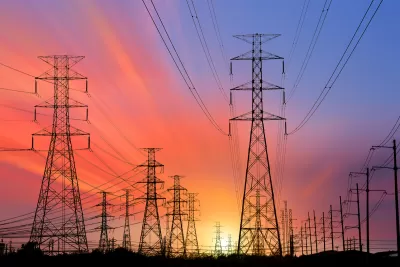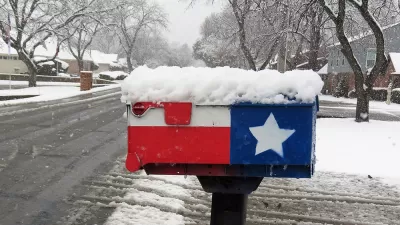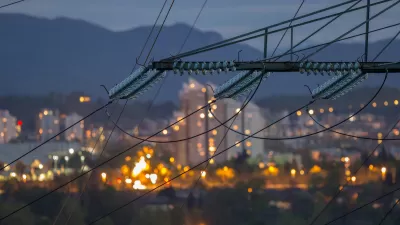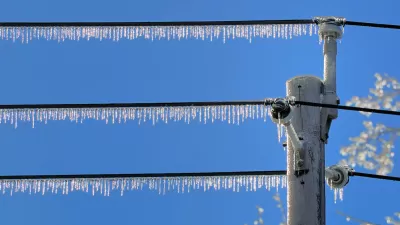A survey of major utilities reveals a link between states with strict efficiency standards and incentive programs and efforts to improve efficiency on the part of utilities.

As extreme weather events strain electric grids, “a new survey of energy-efficiency programs at the nation’s 53 largest utilities finds that their energy savings dropped more than 5 percent between 2018 and 2021,” reports Carl Smith in Governing.
As the article points out, “Of all the strategies for reducing CO2 emissions, energy efficiency would seem to be the easiest for all stakeholders to embrace. It means wasting less of a vital resource that has limits and is costly to produce.” Yet many utilities in states without strict energy efficiency standards are failing to invest in efficiency programs, according to the survey conducted by the American Council for an Energy-Efficient Economy (ACEEE). “Most of the utilities that scored well ‘are in states that have enacted robust energy savings targets and provide strong regulatory support for achieving those targets,’ ACEEE says.”
One solution, Smith points out, is using performance-based regulation (PBR), which incentivizes utilities to reach efficiency goals. Additionally, building “a culture of efficiency” among customers can help utilities manage limited resources during peak demand to avoid blackouts and power outages. “For utilities whose regulatory framework doesn’t incentivize adding new production capacity, efficiency can increase the potential to accommodate new customers.”
FULL STORY: Utility Efficiency Goes Down as Temperature and Fossil Fuel Prices Go Up

Planetizen Federal Action Tracker
A weekly monitor of how Trump’s orders and actions are impacting planners and planning in America.

Maui's Vacation Rental Debate Turns Ugly
Verbal attacks, misinformation campaigns and fistfights plague a high-stakes debate to convert thousands of vacation rentals into long-term housing.

San Francisco Suspends Traffic Calming Amidst Record Deaths
Citing “a challenging fiscal landscape,” the city will cease the program on the heels of 42 traffic deaths, including 24 pedestrians.

Trump Prompts Restructuring of Transportation Research Board in “Unprecedented Overreach”
The TRB has eliminated more than half of its committees including those focused on climate, equity, and cities.

Amtrak Rolls Out New Orleans to Alabama “Mardi Gras” Train
The new service will operate morning and evening departures between Mobile and New Orleans.

The Subversive Car-Free Guide to Trump's Great American Road Trip
Car-free ways to access Chicagoland’s best tourist attractions.
Urban Design for Planners 1: Software Tools
This six-course series explores essential urban design concepts using open source software and equips planners with the tools they need to participate fully in the urban design process.
Planning for Universal Design
Learn the tools for implementing Universal Design in planning regulations.
Heyer Gruel & Associates PA
JM Goldson LLC
Custer County Colorado
City of Camden Redevelopment Agency
City of Astoria
Transportation Research & Education Center (TREC) at Portland State University
Jefferson Parish Government
Camden Redevelopment Agency
City of Claremont





























